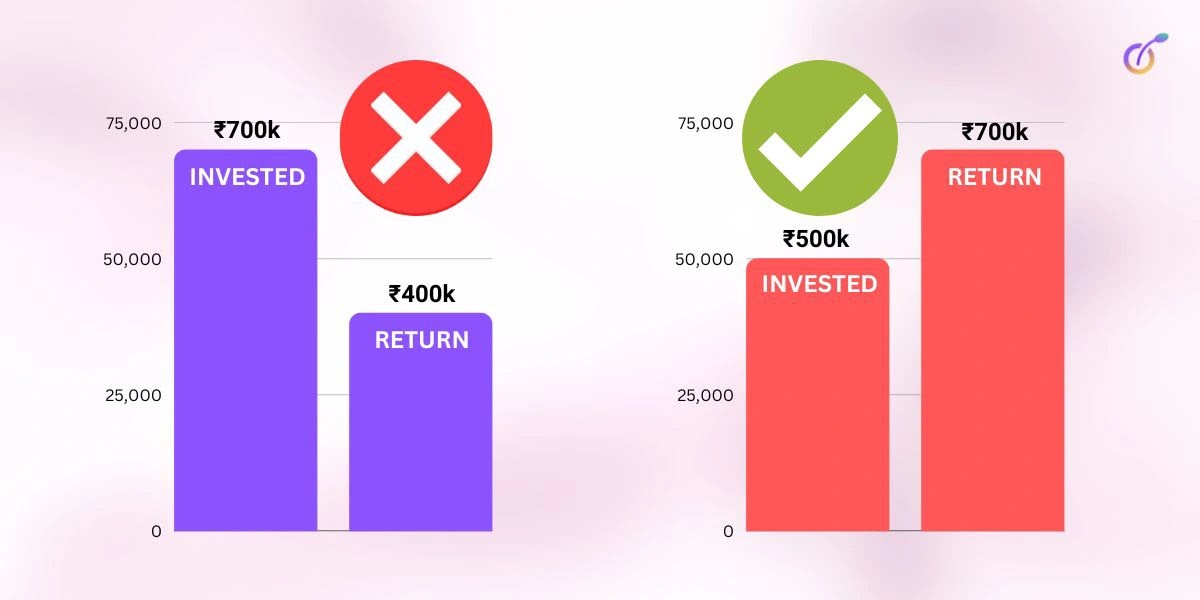A company must generate a return on its capital investments that is higher than the cost of that capital. If not, the company is steadily losing the money that was invested in it.
So, rather than being an accounting concept, invested capital is thought of as a financial analysis concept.
What is Invested Capital?
Invested capital is the total sum of money raised by a company by selling equity shares and by issuing bonds, where the total debt and capital lease obligations are added to the amount of equity issued to investors.
Invested capital is not the item of a financial statement because the balance sheet breaks down debt, capital leases, and shareholders' equity separately.
Invested Capital Formula
The invested capital formula is given below -
Invested Capital = Total Short Term Debt + Total Long Term Debt + Common Stock + Retained Earnings + Cash from financing + Cash from investing
Invested Capital Example
Here is some information about ABC company.
The company has ₹5,000 in short-term debt and ₹35,000 in long-term debt and ₹55,000 in equity financing. It has ₹5,000 in retained earnings, ₹3,000 from cash from financing, and ₹1,000 from cash from investing.
Invested Capital = ₹5,000+₹35,000+₹55,000+₹5000+₹3000+₹1000 = ₹1,04,000
Uses of Invested Capital
Invested Capital as a source of funding for a company, allowing them to seize new opportunities such as expansion. The company has two options: use the capital viz.
It is initially used to buy fixed assets such as property, buildings, or machinery. On the other hand, it is used for day-to-day operating expenses such as paying interest on loans, salaries, rent etc.
For a different reason, a company may decide to borrow money from a bank using an investment capital fund.
For example, if a company issues equity shares for raised money from the public, it has no Obligations to pay dividends.
This is why it is the cheapest way to raise funds. Inversely, taking long from the bank is the costliest for a company.
Hence, a company may prefer to raise money through shares and bonds if they are unable to qualify for a large bank loan at a low-interest rate.
Invested capital is assessed for an investor using metrics like the return on invested capital (ROIC) ratio.
An investor uses this ratio to estimate the value of a firm. When compared to other companies, a company with comparatively high profits is one that creates value and can profitably use invested capital.
The ratio, which is calculated by dividing revenue by capital invested, demonstrates a company's capacity to increase sales through its capital.
When compared to its competitors, a company with a higher ratio indicates that it is performing more effectively.




Post a Comment